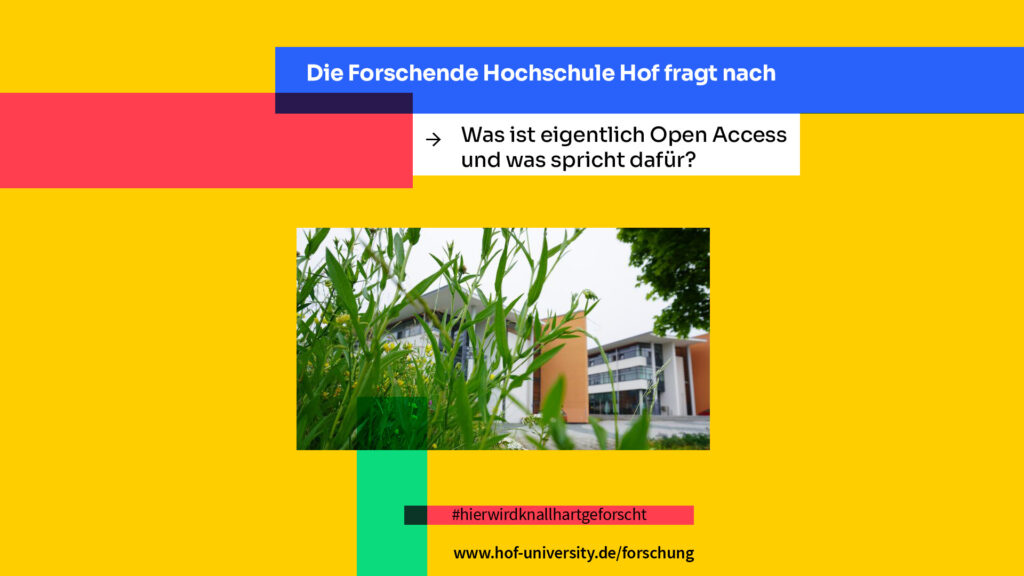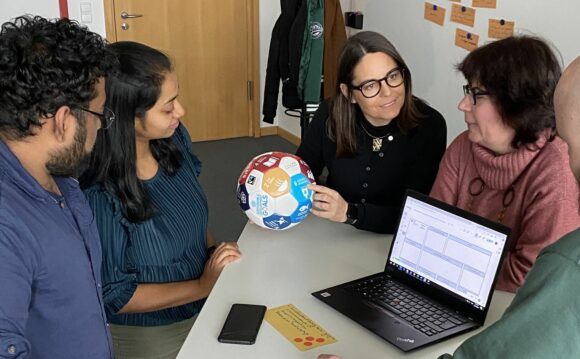Open access, a topic that has been the subject of much discussion in the scientific community for some time, initially means nothing more than free access to scientific literature on the Internet. The goal of open access is to make scientific literature freely accessible and usable for all interested parties free of charge and, if possible, without technical and legal barriers.

Why Open Access?
By publishing in Open Access, scientists and scholars can actively shape the change towards open scientific communication.
There are many good reasons in favor of Open Access:
- Fast and free access to scientific information
- Increased visibility and citation frequency of one’s own publications
- Free access to publicly funded research results
- More scientific exchange and acceleration of the research process through timely international publication
- Retention of exploitation rights by authors
- Good findability via search engines and reference services
What are the publication channels?
There are essentially two ways of publishing in Open Access: the
“green route” (Green Open Access), also known as self-publishing, refers to the secondary publication of documents published by a commercial publisher, e.g. in an institutional or disciplinary Open Access repository.
For such a second publication, university members can use OPUS, the publication server of Hof University of Applied Sciences. In this case, any embargo periods must be observed and the publishing contract must include permission for parallel publication.
In the “golden way” (Gold Open Access), the first publication is immediately published as an Open Access publication. Here, too, a quality assurance procedure is carried out in advance, usually in the form of peer review.
A publication contract specifies the terms of use for the openly accessible documents, often supplemented by an open access publication license (Creative Commons license), through which the authors can grant the users more extensive and precisely specified rights.
You can find more information about Open Access here…
If you have any questions, please contact the university library.







